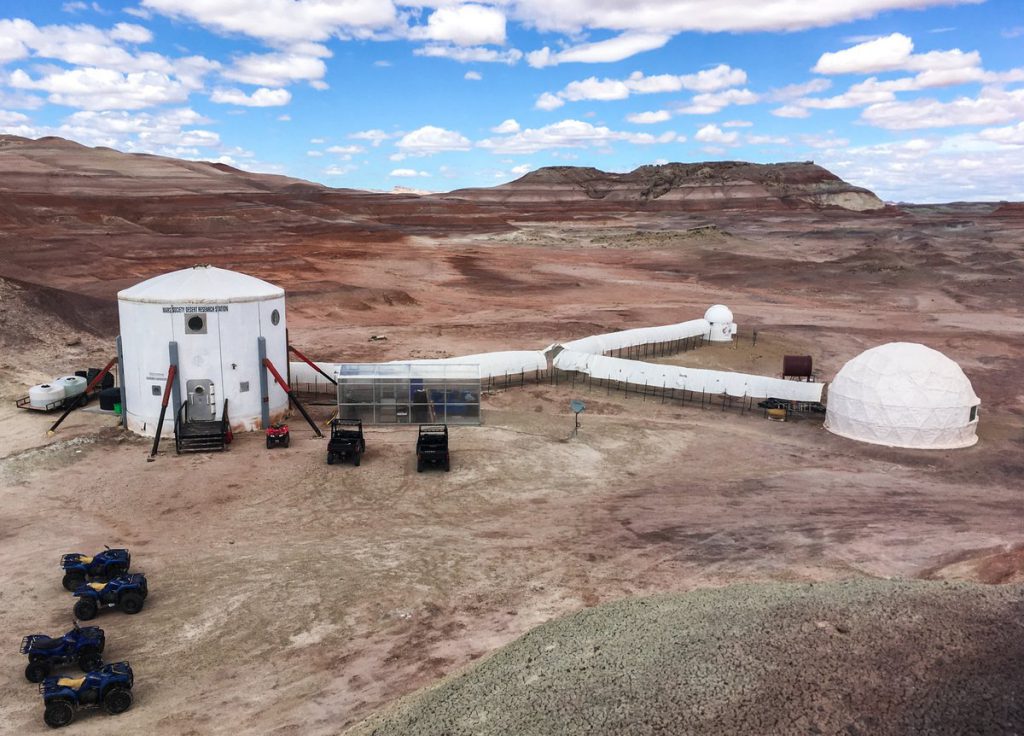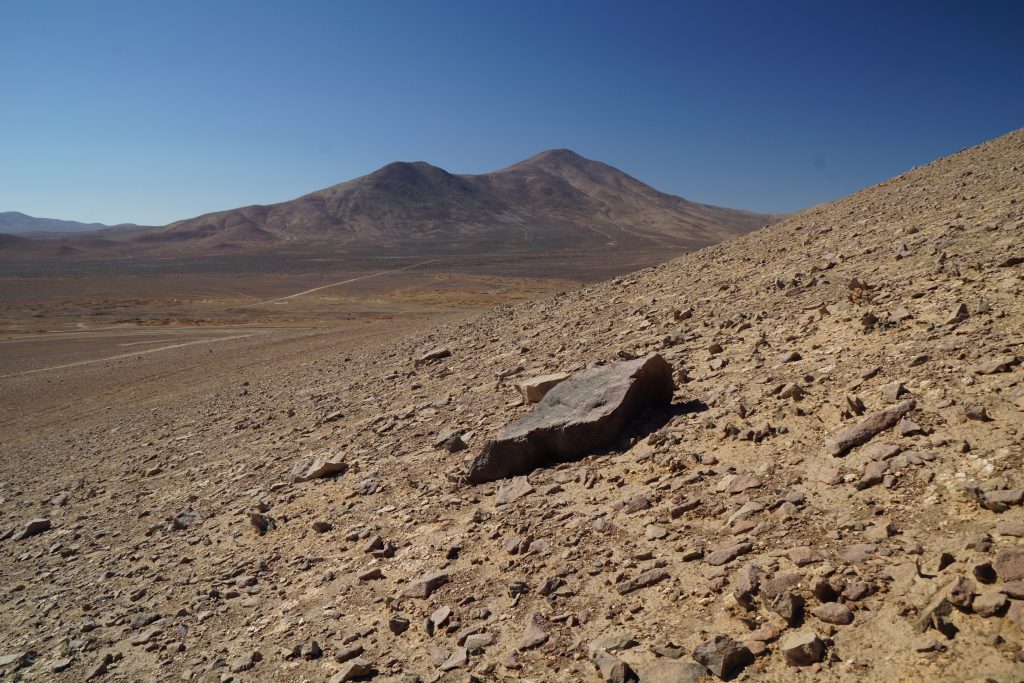Mars Analog Environments: What and Where
by Diego Dueñas Parapar
Mars is one of the planets that many members of humankind plan to settle relatively soon. Since the mid-20th century, many space missions have been carried out for the exploration of Mars — satellites, landers, rovers, and even a helicopter have been sent with the aim of getting to know the climatological, geological, and (maybe) biological conditions on the Red Planet.
Thanks to these missions, we know that Mars has an atmosphere dominated by approximately 96% carbon dioxide, though also much less dense than our own atmosphere. In addition, while Mars and the Earth have a similar abundance of chemical elements at their surfaces, Mars is enriched in iron compared to Earth, and it’s the iron at the surface of Mars that causes its reddish brown coloration (Mars is literally covered in “rusted” rocks).

Existing or extinct life has not yet been discovered on Mars, but knowing the environmental conditions there now as well as in the past (as inferred from the geology) will help us understand which kinds of organisms could have inhabited those environments. Additionally, the instruments and future experiments that will be carried out bring us closer to that goal. Data collected from orbital spacecraft have revealed extremely saline lakes, hyper-arid deserts, mountains with large wind storms, and great fissures in the rock. Developing, manufacturing, and transporting rovers to interesting places on Mars without prior would be a risky task. Therefore, navigation tests, instrumentation tests, endurance and energy duration tests, and more must all be carried out to ensure the successes of the missions.
But are there places similar to Mars on Earth where such tests can be conducted? The answer is “yes” — they are known as Mars analog environments. An analogous environment is an environment that has at least one characteristic similar to that of the target celestial body (aridity, salinity, pH, organic matter, temperature, etc.). These places are one fundamental basis of the research carried out on celestial bodies. There are analogs all over the world and some of them contain stations that allow not only the study of the environment, but also the preparation of future astronauts for a given environment.
The Mars Desert Research Station (MDRS), owned and operated by the Mars Society, is a space analog facility in Utah that supports Earth-based research in pursuit of the technology, operations, and science required for human space exploration specifically on Mars. The relative isolation of the facility allows for rigorous field studies as well as human factors research. Crews carry out their missions, often 2 weeks in duration, under the constraints of a simulated Mars mission. The advantage of MDRS over most facilities for simulated space missions is that the campus is surrounded by a landscape that is an actual geologic Mars analog, which offers opportunities for rigorous field studies as they would be conducted during an actual space mission.

There are other stations such as the Flashline Mars Arctic Research Station (Artic), Habitat Marte (Brazil), Rio Tinto (Spain), and Mars Amity Research Station (currently in the planning stage and to be built in Ladakh, India). In addition, as mentioned above, Mars analog environments are found around the world. These locations represent a characteristic, current or past, of the red planet such as aridity, radiation, acidity, salinity, geothermal activity, or others. Rio Tinto (Spain), Western Australia, New Zealand, La Joya Desert (Peru), Salar de Uyuni (Bolivia), Hawai (EEUU) are some analog environments that can be found.
One of the most studied places is the Atacama Desert in northern Chile. This place is cataloged as analogous because of its hyper-aridity. Geological, climatological, and microbiological studies have been carried out in this desert and have helped to understand the possible development and preservation of signs of life on Mars.
Studies in analog environments contribute to the construction of better instruments that can be used in space, and it favors the performance of the missions due to the constant testing. All this contributes to the development of space science and allows the advancement of humankind’s future expansion into the universe.

References:
- The Atacama Desert: a window into late Mars surface habitability? – ScienceDirect
- Mars Desert Research Station (marssociety.org)
Diego Dueñas Parapar is an undergraduate student of biology from Peru. He is a Research Associate for the BMSIS Young Scientist Program and is working with Dr. Dimitra Atri on Mars subsurface habitability. His goal is to be an astrobiologist focused on detecting extant life on Mars.
